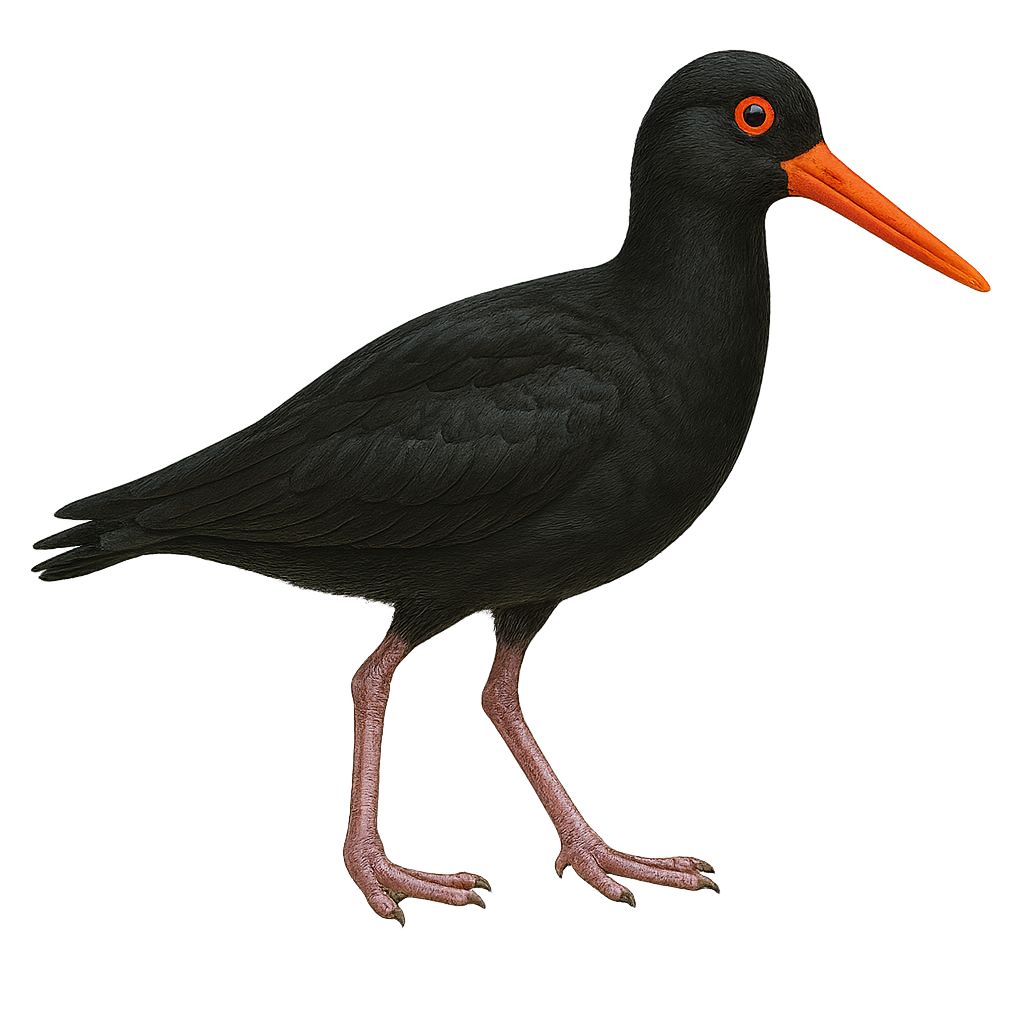Your wildlife photography guide.
Explore the african black oystercatcher in detail, study its behavior, prepare your shots.
Where to observe and photograph the african black oystercatcher in the wild
Learn where and when to spot the african black oystercatcher in the wild, how to identify the species based on distinctive features, and what natural environments it inhabits. The WildlifePhotographer app offers tailored photography tips that reflect the african black oystercatcher’s behavior, helping you capture better wildlife images. Explore the full species profile for key information including description, habitat, active periods, and approach techniques.
African Black Oystercatcher
Scientific name: Haematopus moquini

IUCN Status: Least Concern
Family: HAEMATOPODIDAE
Group: Birds
Sensitivity to human approach: Suspicious
Minimum approach distance: 10 m
Courtship display: September to November
Incubation: 27-28 jours
Hatchings: September to December
Habitat:
Sandy beaches, rocky shores, estuaries
Activity period :
Primarily active during the day, with peak activity in the morning and late afternoon.
Identification and description:
The African Black Oystercatcher is a coastal bird endemic to the South African coastline, easily identified by its black plumage, bright red bill, and red-ringed eyes. It primarily inhabits sandy beaches and rocky shores, feeding on mollusks and crustaceans. This bird is monogamous, forming stable pairs that vigorously defend their territory. Nesting occurs on the ground, often near the sea, with both parents sharing incubation and chick-rearing duties. Although its population is stable, it remains vulnerable to human disturbances and predation by introduced species.
Recommended lens:
400mm – adjust based on distance, desired framing (portrait or habitat), and approach conditions.
Photography tips:
To photograph the African Black Oystercatcher, aim for the golden hours of morning or afternoon to take advantage of the soft light that will highlight its black plumage and red bill. Use a telephoto lens of at least 400mm to capture detailed images from a distance without disturbing the bird. Be patient and observe its behavior to anticipate its movements. Shooting in burst mode can be helpful to capture action moments, such as when it feeds or defends its territory.
The WildlifePhotographer App is coming soon!
Be the first to explore the best nature spots, track rutting seasons, log your observations, and observe more wildlife.
Already 1 439 wildlife lovers subscribed worldwide

